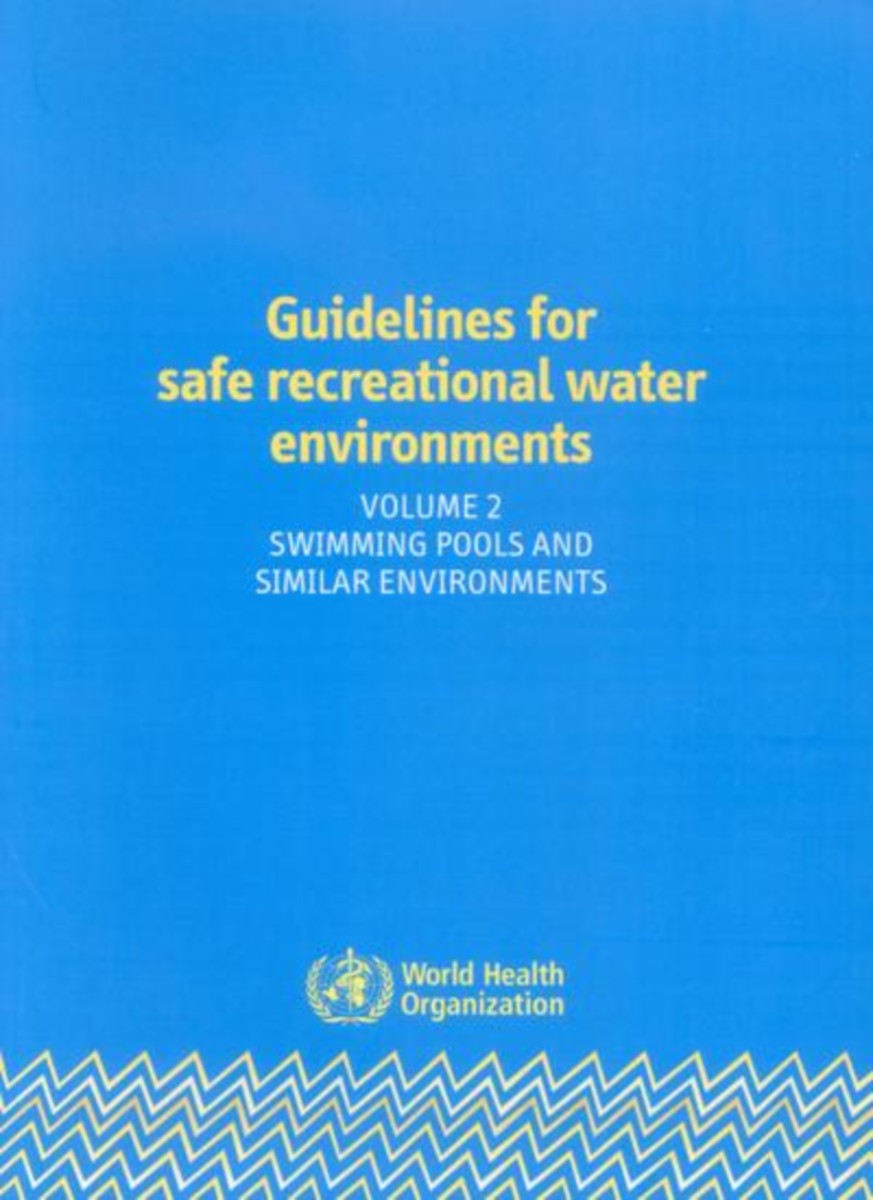Guidelines for Safe Recreational Water Environments
- Publisher
World Health Organization - Published
1st April 2006 - ISBN 9789241546805
- Language English
- Pages 139 pp.
- Size 6.5" x 10"
This second volume in this series of guidelines for safe recreational water environments provides an authoritative referenced review and assessment of the health hazards associated with recreational waters, such as swimming pools and similar environments, their monitoring and assessment, and activities available for their control through education of users, good design and construction, and good operation and management. The Guidelines include specific guidelines, values and good practices. They address a wide range of types of hazard, including hazards leading to drowning and injury, water quality, contamination of associated facilities and air quality.
The preparation of this volume has covered a period of over a decade and has involved the participation of numerous institutions and more than 60 experts from 20 countries worldwide. This is the first international point of reference to provide comprehensive guidance for managing swimming pools and similar facilities so that health benefits are maximized while negative public health impacts are minimized.
This volume will be useful to a variety of different stakeholders with interests in ensuring the safety of pools and similar environments, including national and local authorities, facility owners, operators and designers (public, semi-public and domestic facilities), special interest groups, public health professionals, scientists and researchers, and facility users.
World Health Organization
World Health Organization is a Specialized Agency of the United Nations, charged to act as the world's directing and coordinating authority on questions of human health. It is responsible for providing leadership on global health matters, shaping the health research agenda, setting norms and standards, articulating evidence-based policy options, providing technical support to countries, and monitoring and assessing health trends.


